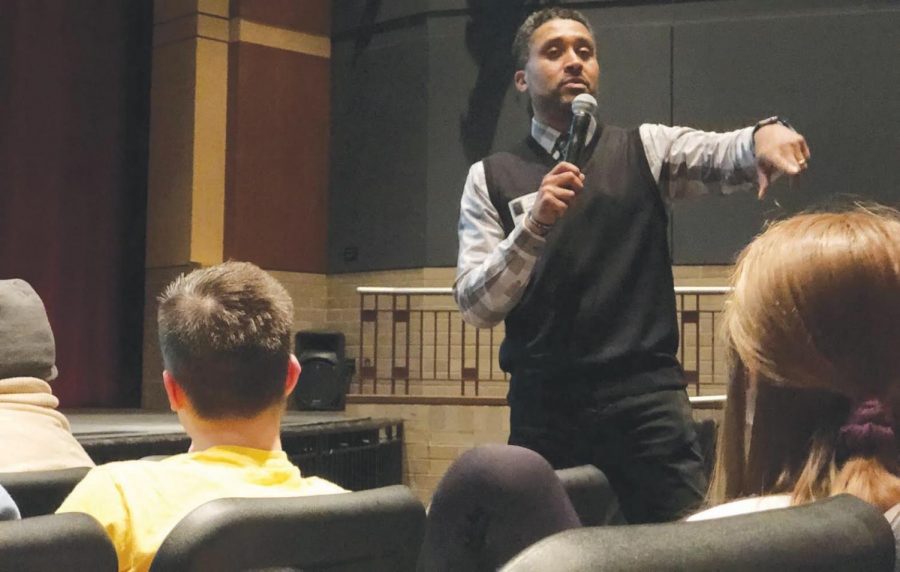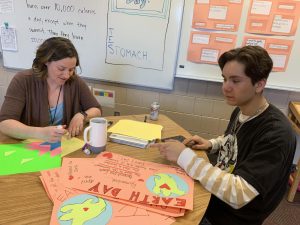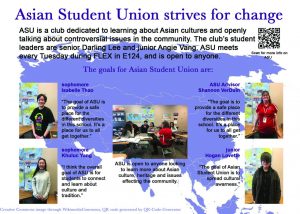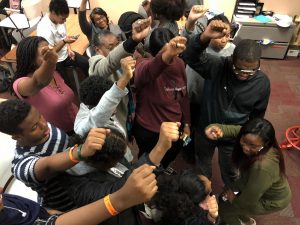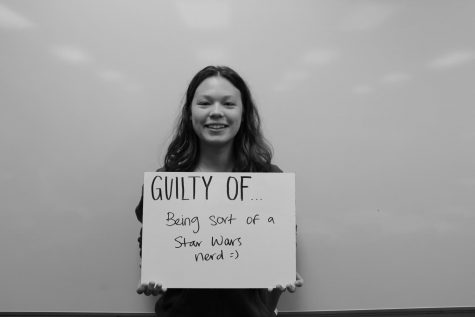Mayes addresses cultural issues to build brighter community
Dr. Keith Mayes presents to Seniors March 2 in the auditorium. In his presentation, Mayes addresses the importance of respecting diversity in the community and eliminating microaggressions.
March 4, 2020
Spreading awareness of racial issues and disparities, closing the achievement gap and ending toxic climates in communities. These are the goals of Dr. Keith Mayes, Professor of African American and African Studies at the University of Minnesota. Mayes has a message, and he came to the high school March 2 to share it. In each one-hour session in the auditorium, Mayes spoke to senior English classes about addressing the issue of microaggressions and racial and other disparities in the classroom and the community.
Assistant Principal Matt Kraft recognizes the importance of Mayes’ presentations. “The SAHS school culture can be challenging to navigate if you are a student who feels marginalized day in and day out simply because of something that makes you different, like race,” Kraft said. “We all need to be active members of a supportive community that understands the importance of recognizing and celebrating differences.”
Kraft is a part of the Culture and Relationships Committee, the group that organized the presentations, he explained. However, it was not this group that brought forth the concerns and the driving need to make a change to the culture of the school community. It was the students themselves.
After tense situations in school “that…involved conflict connect[ed] to race,” many students came forward and demanded action be taken to spread awareness of and eliminate the use of toxic and racially charged language in school. The students, who were not part of one single group or organization prior to the conflicts, joined together to work to speak and share their experiences and views at each of Mayes’ talks.
“What we heard is that some students go through their day experiencing many microaggressions and struggle to deal with that and the stress of school,” Kraft described.
These students met with advisers of the Culture and Relationships Committee during a Flex-time session to formulate what they wanted to say about their truths and experiences during Mayes’ presentations. Although each student brought many different stories to the table, they all worked for one common goal—to promote “learning about through learning among” by creating student-to-student connections when sharing their narratives.
Mayes’ words have a story and a meaning to share with the community—one of urgency and action. By discussing and confronting the issues of racial and other disparities in school, many are hopeful a change in the culture of the community is possible.
“My hope is that students and staff continue this conversation into the classroom, halls, cafeterias, sporting events, plays, etc. and that we strive to be a community that embraces differences,” Kraft explained.


